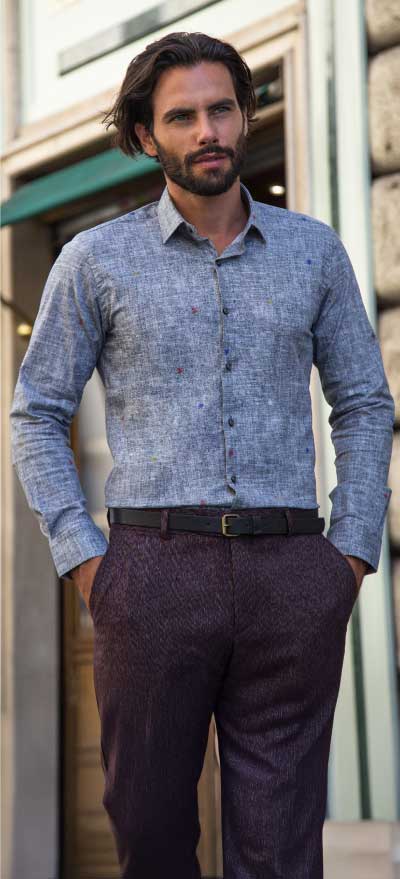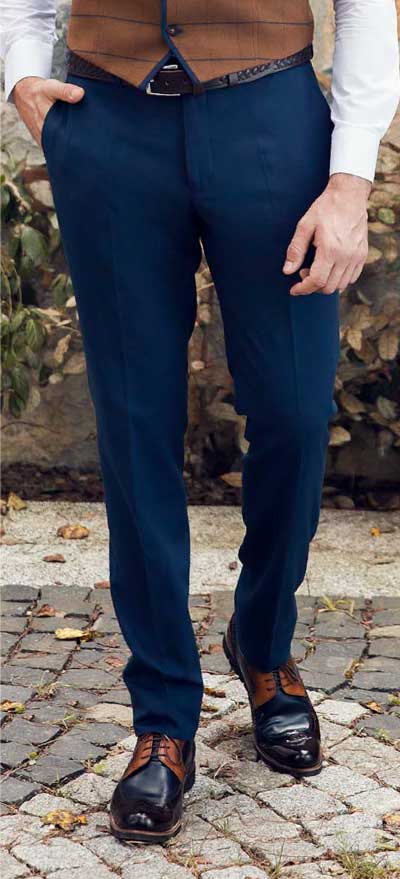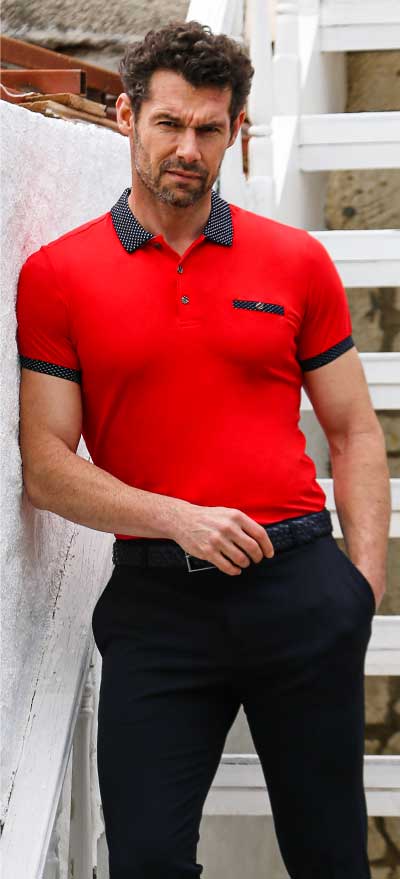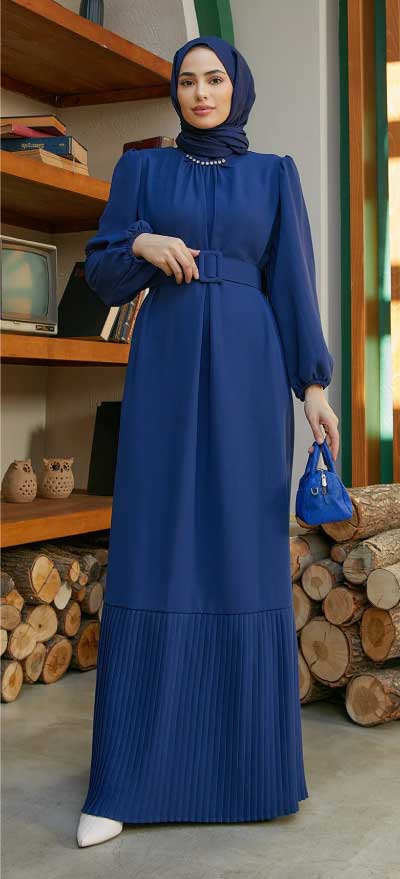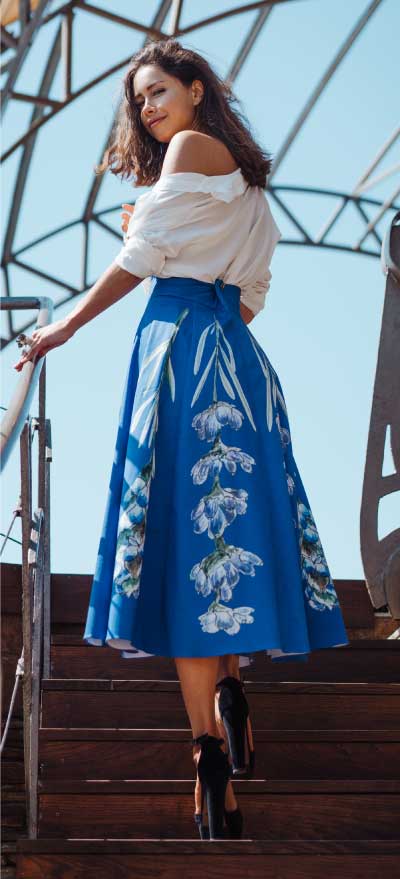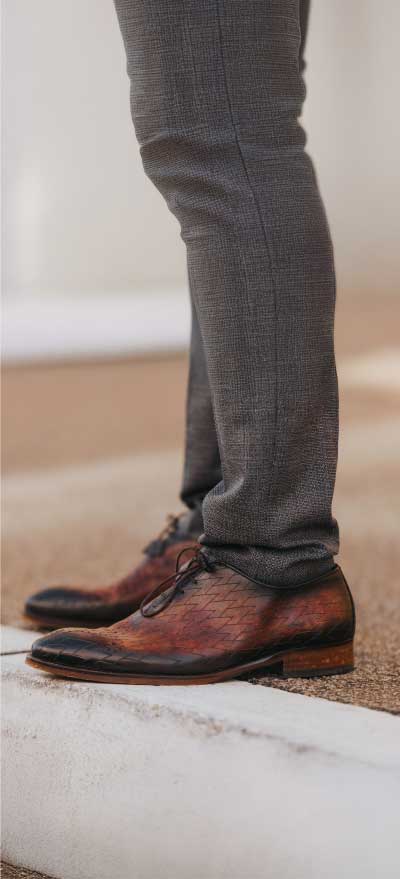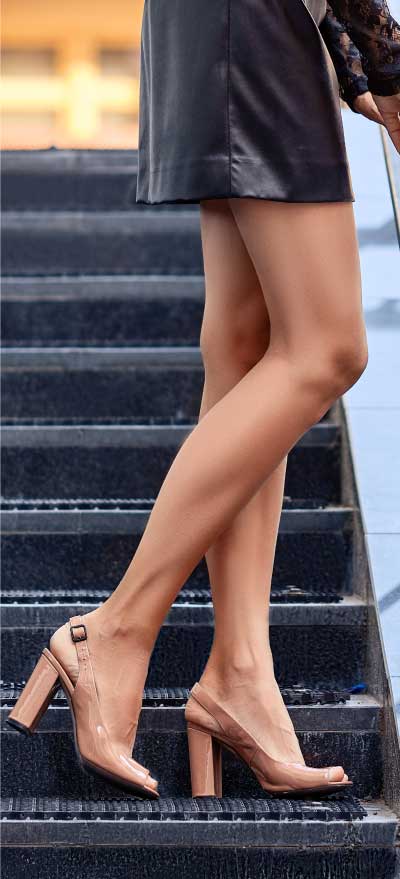What You Need To Know In 2024 About Buying Wholesale Clothing
Learn about wholesale clothing, which will provide several benefits and earnings to your business! The benefits of purchasing wholesale apparel for your business are numerous. From cost-effectiveness to the freedom of having several options, these advantages can help your store succeed. However, there are several things to remember while buying wholesale apparel. Allow the wholesale clothes behemoth Clos to advise you on this!
Here is a comprehensive blog that contains all you need to know about buying wholesale clothing in 2024. Continue reading!
What Does It Mean to Buy Wholesale?
Buying wholesale refers to the process by which sellers acquire things in bulk and resell them individually. By buying in bulk, you can obtain pieces at a lower price per unit and sell them for a higher profit.
-
Wholesale transactions are often between manufacturers, distributors, or wholesalers selling to retailers or other businesses. Some wholesalers, however, may sell to individual consumers.
-
Buying pieces in bulk is what wholesale transactions entail. The exact number needed to qualify for wholesale price varies depending on the product and provider.
-
To qualify for wholesale pricing, wholesalers may have minimum order requirements. This assures that the transaction involves a substantial amount of products.
Types of Wholesalers
Wholesalers are classified into several sorts, each with its unique set of functions and features. Here are a few examples:
-
Merchant wholesalers
-
Agents and brokers
-
Drop shippers
-
Bulk breakers
6 Steps to Buying Wholesale
So, what is the most effective way to buy wholesale? Here is a six-step plan to make your wholesale purchases easier for you:
-
Research and Identify Your Market
When purchasing wholesale apparel, it is critical to undertake research and become well-versed in the industry. These extensive assessments allow for the development of a robust buying strategy, assuring your company's profitability and simplifying successful budget planning.
Begin your investigation by determining who your potential customers are. Who do you want to reach out to? Who is going to buy your products? Examining your potential consumers' purchase habits will provide you with insights into how to enhance your sales. In other words, if you want to buy wholesale clothing in 2024, you need first look at demographics and get to know your customers.
-
Quality Control
When it comes to wholesale purchasing, clothing quality control is critical, especially in the garment industry, where consumer happiness is heavily reliant on product quality. To maintain these standards, it is best to start by asking for samples from the wholesale supplier, which allows for a firsthand evaluation of materials, stitching, and general craftsmanship. It is critical to clearly define your quality requirements, including material specs, color correctness, and size.
Implementing inspections, whether through in-house efforts or third-party services, assists in evaluating goods' quality before distribution, which is critical when working with overseas suppliers.
-
Seasonal Patterns
In the wholesale clothing sector, staying on top of seasonal trends is critical. Given the ever-changing nature of fashion, it is critical to match your wholesale orders to current and forthcoming seasonal needs. Monitoring and responding to changes in customer tastes and fashions regularly can assist in guaranteeing that your inventory stays current and in high demand.
-
Legal Obligation
Compliance with legal requirements and regulations is a critical component of wholesale garment purchasing. This includes a variety of factors such as correct labeling, adherence to safety standards, and compliance with import/export rules. Understanding and complying with these regulatory criteria not only protects your company from any legal concerns but also gives customers trust in the legality and safety of your products.
-
Logistics and Shipping
Shipping and logistical efficiency are critical issues in the wholesale clothes industry. Calculating shipping costs, predicting delivery timeframes, and dealing with any customs complications are all critical steps in this process, especially when working with overseas vendors. A well-organized and dependable logistics plan guarantees that your items are delivered on time, which contributes to customer happiness and the overall success of your wholesale business.
-
Feedback Loop
When it comes to wholesale buying, creating a feedback loop is essential since it provides crucial insights for continual development. This methodical technique entails gathering and evaluating input from multiple stakeholders, including customers, suppliers, and internal teams. Understanding client preferences and satisfaction is critical for wholesale purchasers. Obtaining input on product quality, delivery timeframes, and general customer experience on a regular basis allows for the discovery of areas for improvement.
This iterative method not only helps to fine-tune purchasing decisions but also helps to strengthen connections with suppliers. Internalization of supplier feedback also fosters successful communication and collaboration. Wholesale purchasers may adjust to market changes, resolve issues quickly, and ultimately improve their operations for long-term profitability by actively incorporating input into the decision-making process.







